French porcelain had a tremendous influence on the development of artistic porcelain production throughout Europe. Starting from the 18th century, France remained a trendsetter in this field, and it was from France that porcelain found its way to Great Britain.
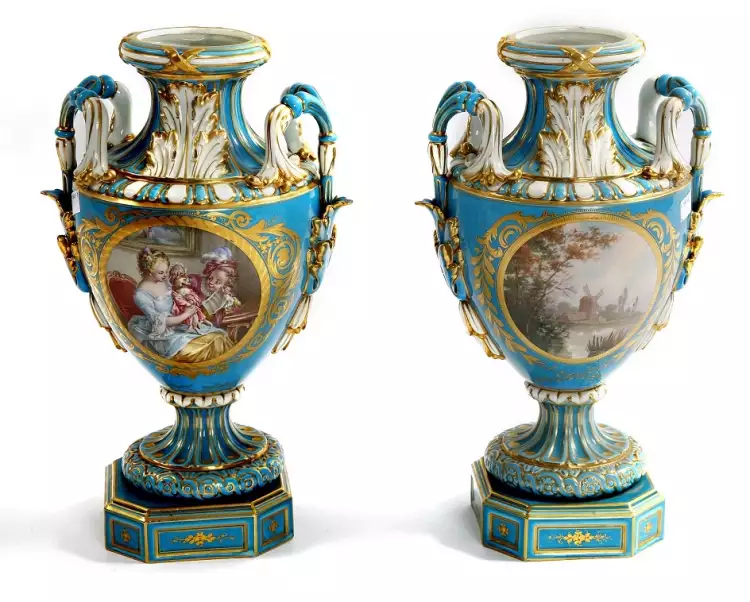 French Porcelain. Sevres vases, 19th century
French Porcelain. Sevres vases, 19th century
Like other European countries, France was introduced to porcelain through imports from China. These items were incredibly expensive, and ships transported tons of silver to the East to purchase them. Only the wealthiest individuals of the time could afford such luxury. Nobles collected and cherished porcelain items, while chemists repeatedly attempted to decipher the secrets of this material.
In the second half of the 17th century, their experiments bore fruit. Soft-paste porcelain, very similar in appearance to Chinese porcelain, was created, and it eventually became known as "French" porcelain. The technology was developed in 1673 in Normandy by the potter Louis Poterat of Rouen. Soft-paste porcelain products were initially produced in Rouen and later at the Royal Manufacture of Saint-Cloud during the 18th century.
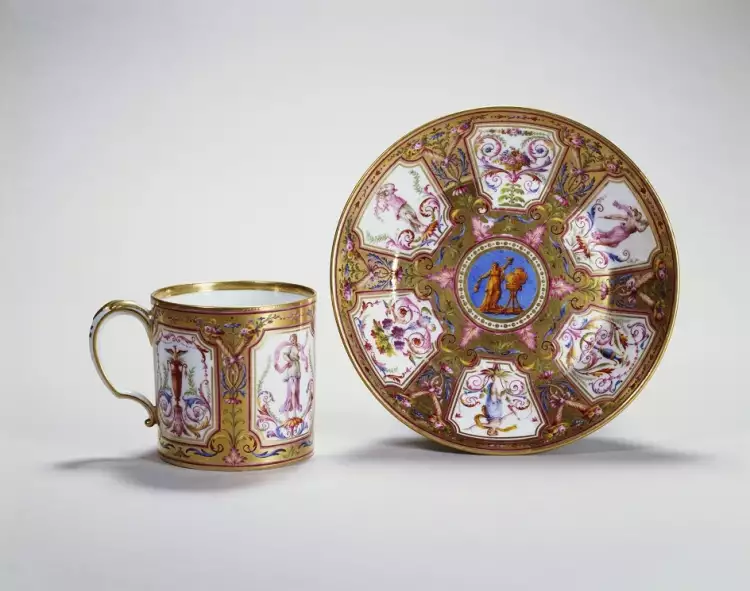 French Porcelain. Sevres porcelain from the Buckingham Palace collection
French Porcelain. Sevres porcelain from the Buckingham Palace collection
The peak of French porcelain
The production of French porcelain in the 18th century was accompanied by the patronage and support of the royal family. During this time, the artisans moved away from imitating Eastern examples, and an original French style was formed. The history of the Sevres Manufactory is linked to the names of Louis XV and Madame de Pompadour. It began its work in 1740 in Vincennes and was relocated to a new factory building in Sevres in 1756. Louis XV attracted the best artists and sculptors in Europe to work there, and Marquise de Pompadour helped develop new colors. The most delicate shade was named in her honor: "Pompadour pink." Together with "narcissus yellow," "royal blue," and "apple green," it constituted the distinctive color palette of the Sevres brand.
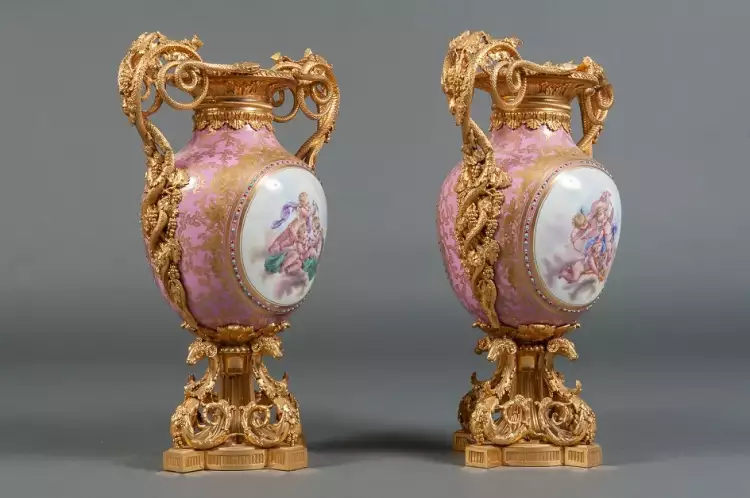 French Porcelain. Pair of Sevres vases of the colour pink Pompadour
French Porcelain. Pair of Sevres vases of the colour pink Pompadour
Even after the discovery of hard porcelain in France, the production of soft porcelain continued. Soft-paste compositions were cheaper and provided more possibilities for artistic decoration of the products.
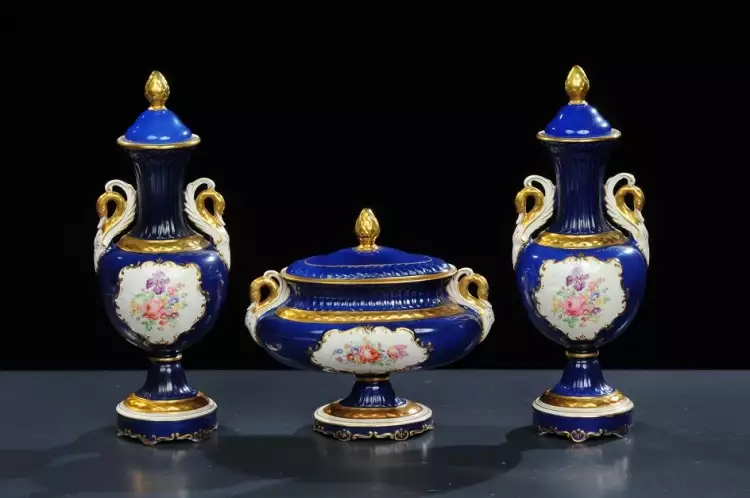 French Porcelain. French antique porcelain, 19th century
French Porcelain. French antique porcelain, 19th century
The main French manufactories, whose porcelain is highly valued by collectors:
- Manufacture nationale de Sèvres. It created highly artistic pieces, including items for European royal families and the Louvre collection.
- Limoges. A collective name that unites manufacturers based on territorial criteria. The most well-known among them are Bernardaud and Haviland.
- Edme Samson & Co. Established in 1845 near Paris, it produced high-quality copies of the finest examples of European and Eastern porcelain. Nowadays, these copies are highly prized as much as the originals.
 French Porcelain. Statuettes, Edme Samson and Co manufactory
French Porcelain. Statuettes, Edme Samson and Co manufactory

 English Silver Tableware - History, Fashion, and Styles
English Silver Tableware - History, Fashion, and Styles  Michelangelo - the greatest sculptor in the world: biography and works of the Italian artis
Michelangelo - the greatest sculptor in the world: biography and works of the Italian artis  Byzantine art is a vast realm of unique artistic heritage of humanity
Byzantine art is a vast realm of unique artistic heritage of humanity 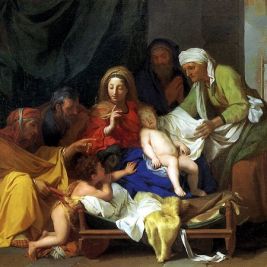 Classicism: strict ideals of high style - characteristics, history, iconic classicists
Classicism: strict ideals of high style - characteristics, history, iconic classicists  Modernism in painting - a different interpretation of reality
Modernism in painting - a different interpretation of reality  Titian Vecellio was the greatest Venetian genius of the Renaissance era
Titian Vecellio was the greatest Venetian genius of the Renaissance era  Top 10 Most Famous Architects - The Greatest Master Builders in Human History
Top 10 Most Famous Architects - The Greatest Master Builders in Human History  The Resurgence of Vintage Kitchen and Barware: A Collector’s Delight
The Resurgence of Vintage Kitchen and Barware: A Collector’s Delight  Five centuries of antique and modern firearms
Five centuries of antique and modern firearms  Watercolor - the airy lightness of the rainbow: types, techniques, history
Watercolor - the airy lightness of the rainbow: types, techniques, history